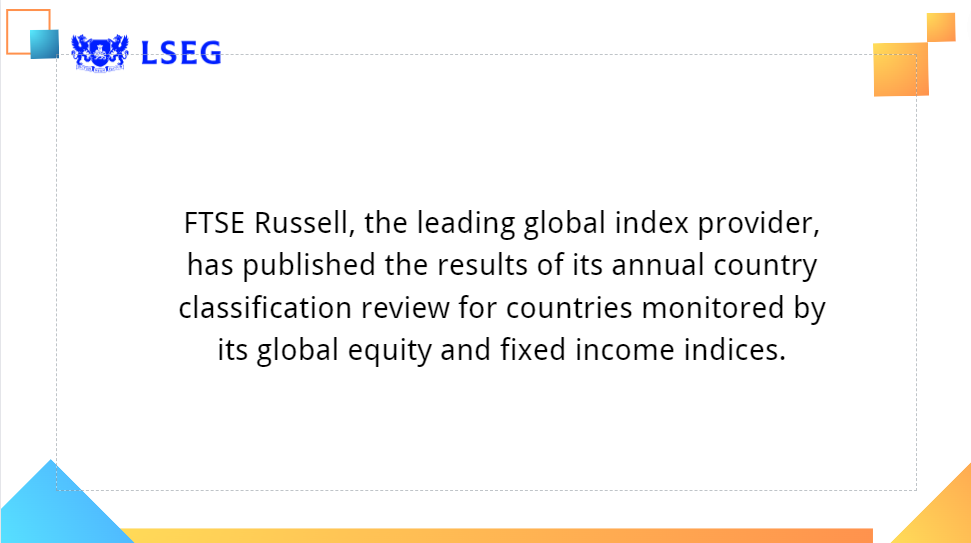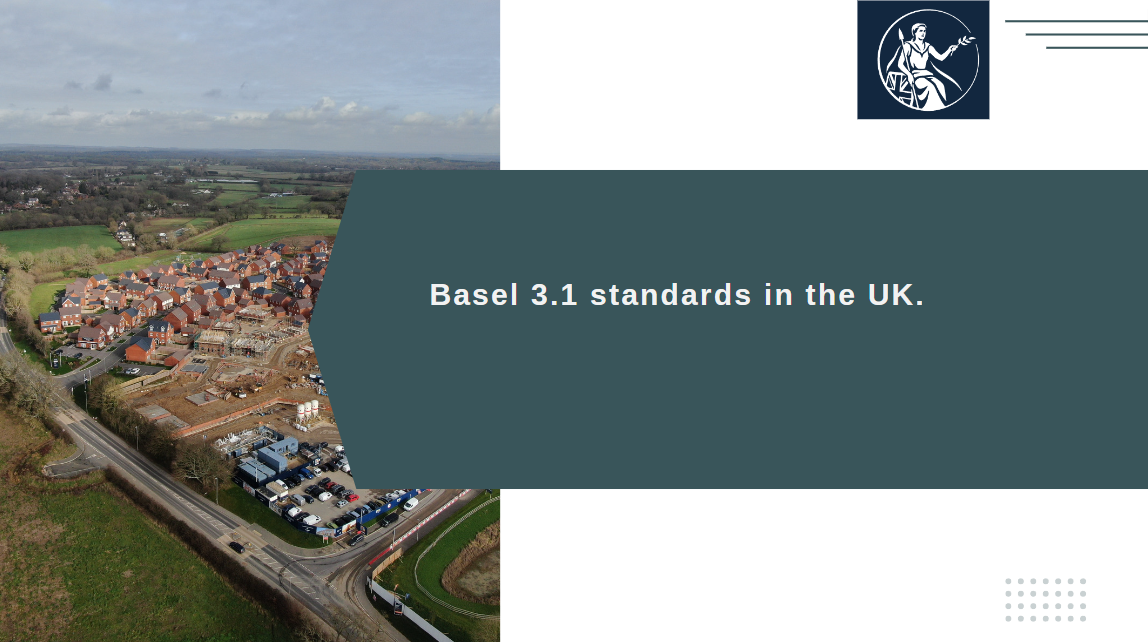Ring-fencing in financial networks
![]() Ring-fencing in financial networks
Ring-fencing in financial networks
Ring-fencing is a reform of the UK banking system that requires large banks to separate their retail services from other activities of the group, such as investment banking. We consider a network of bilateral exposures between banks in which financial contagion can spread because banks incorporate the creditworthiness of their counterparties into the valuation of their assets. Ring-fencing acts as an exogenous shock that impacts the creditworthiness of banks through leverage, depending on how assets are allocated between ring-fenced and non-ring-fenced entities.
We find conditions on this allocation that leads to safer ring-fenced entities and less safe non-ring-fenced entities when compared with their groups prior to the implementation of ring-fencing. We also show that ring-fencing can make both the equity of individual banking groups and the aggregate equity of the banking system decrease. When this happens, ring-fenced entities are safer than their groups prior to ring-fencing.























































First, please LoginComment After ~